Metal Injection Moulding (MIM) is a manufacturing process that involves manipulating powders to behave like a plastic by mixing them with polymer binders to form a feedstock.
This “feedstock” makes the mixture capable of being handled by plastic processing equipment before the “feedstock” is then removed and the powder particles are sinter boned together in a high temperature furnace, leaving behind a solid metal component.
It’s used to produce intricate and complex 3D shapes.
What can be made by MIM?
There are thousands of products which require MIM to create the more intricate components. But here are just seven:
-
Critical parts for ventilators during coronavirus pandemic

CMG Technologies is playing its part in the overall UK plan and has responded to the governments call for support by making critical parts for ventilators. We have been manufacturing two particular parts using MIM, making this kind of production accessible and affordable within shorter production times.
MIM lends itself well to medical components as they are often small and need to be precision made and single use.
-
Scalpel handles

We supply the scalpel handles to Swann Morton which are used by the NHS. They chose us to maintain the high standards and accuracies that are expected from the world renowned leading surgical blade manufacturer, while also achieving their environmental obligation of reducing waste (up to 55% in the machining process alone).
-
The cutting jaw for single use cervical biopsy equipment
We worked with sterile single-use manufacturer DTR Medical Ltd to develop a sharp cutting jaw for their rotating cervical biopsy punch used by healthcare providers like the NHS to test for cervical cancer. This has gone on to become an award winning product recognised for providing clinical value with savings of time and cost of diagnosis with 88% of clinicians prepared to recommend the device to colleagues.
The product was introduced to re-shore manufacturing to the UK in order to provide consistent quality and reliable supply with faster lead times at a more acceptable price for healthcare providers to use in place of blunt re-usable instruments. -
Knuckle joints and finger links for robotic hands

One of our most interesting customers is Covvi Robotic hands. They are leading the way in robotic hands and have really shaken things up in the prosthetics sector.
MIM allows Covvi to realise complex, structural components such as knuckle joints, finger links even some of the drive gears. As many of our customers do, Covvi involved us at the design stage and we were able to advise how MIM could help create the components required. -
Archwire cover for orthodontic braces

The smallest component we make is for DB Orthodontics. They approached us to help them find a solution for the problem of the rubbing from the end of the archwire from fixed metal braces.
You may remember being given wax to put on the end of this wire if you had braces as a child. We created a cover for the end of the wire which is the size of a full stop and sits on the end to stop the wire chaffing the side of the mouth.
-
Interior components for car keys
While we can’t mention our client name here, we can tell you that this is a luxury brand with a recognisable key fob which we are proudly involved in creating.
-
Links for watches and jewellery
Among our clients in this sector are Valour Bands – commemorative jewellery for the armed forces. The ribbon of each medal is put into a link of bracelet chain to preserve it and enable the recipient of the medals to wear them all the time instead of storing them away in a box for safekeeping.
A final word
In short, MIM offers a manufacturing capability of producing precise, complex parts in large quantities in metal.
It offers greater design freedom than many other production processes because it alleviates the common constraints associated with trying to shape metal. And this flexibility means you can integrate several elements into a single moulded piece, incorporating texture, knurling, threads, lettering and company logos.
We absolutely love what we do – and hope that by showcasing some of our work you can appreciate just how diverse this manufacturing process really is.
